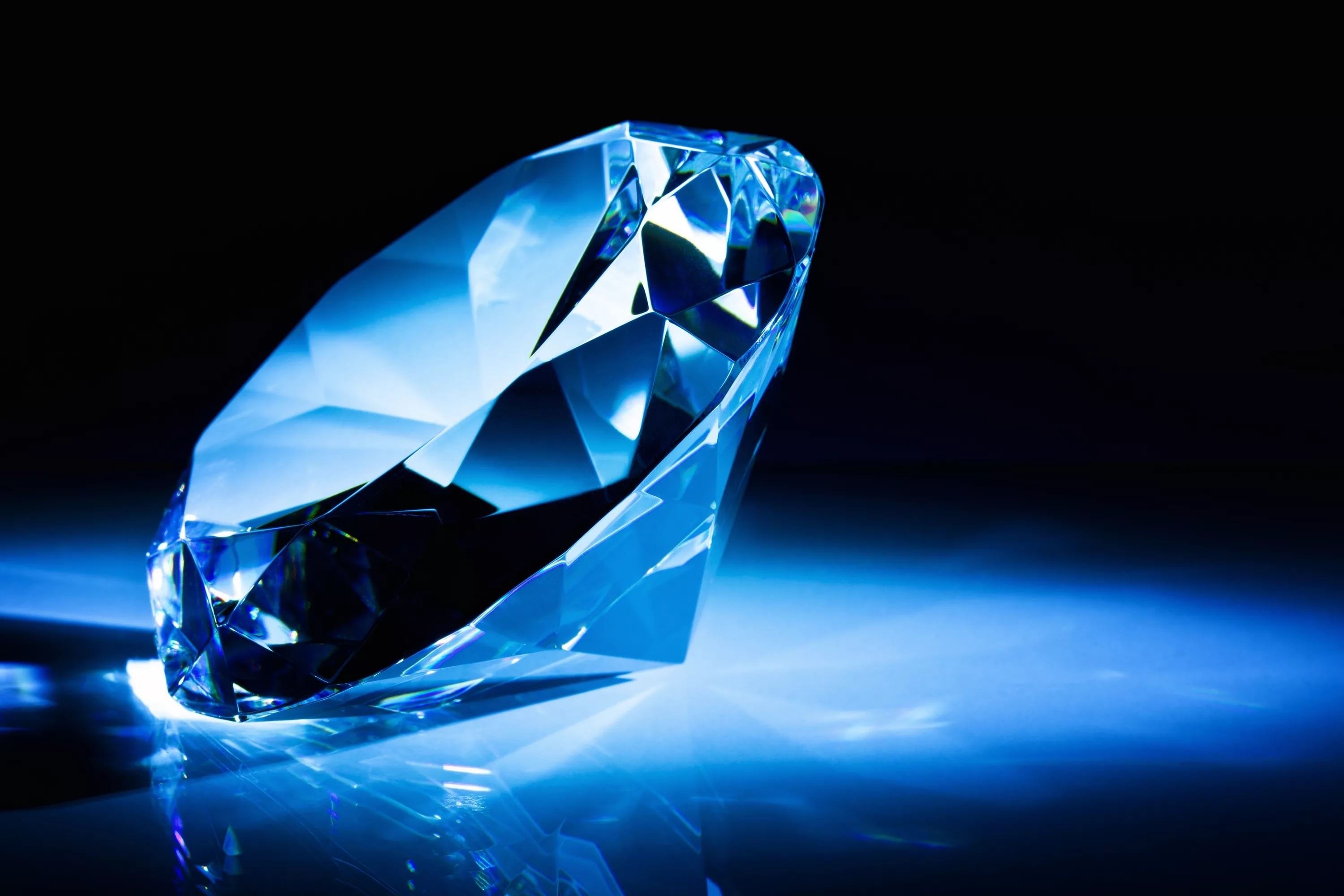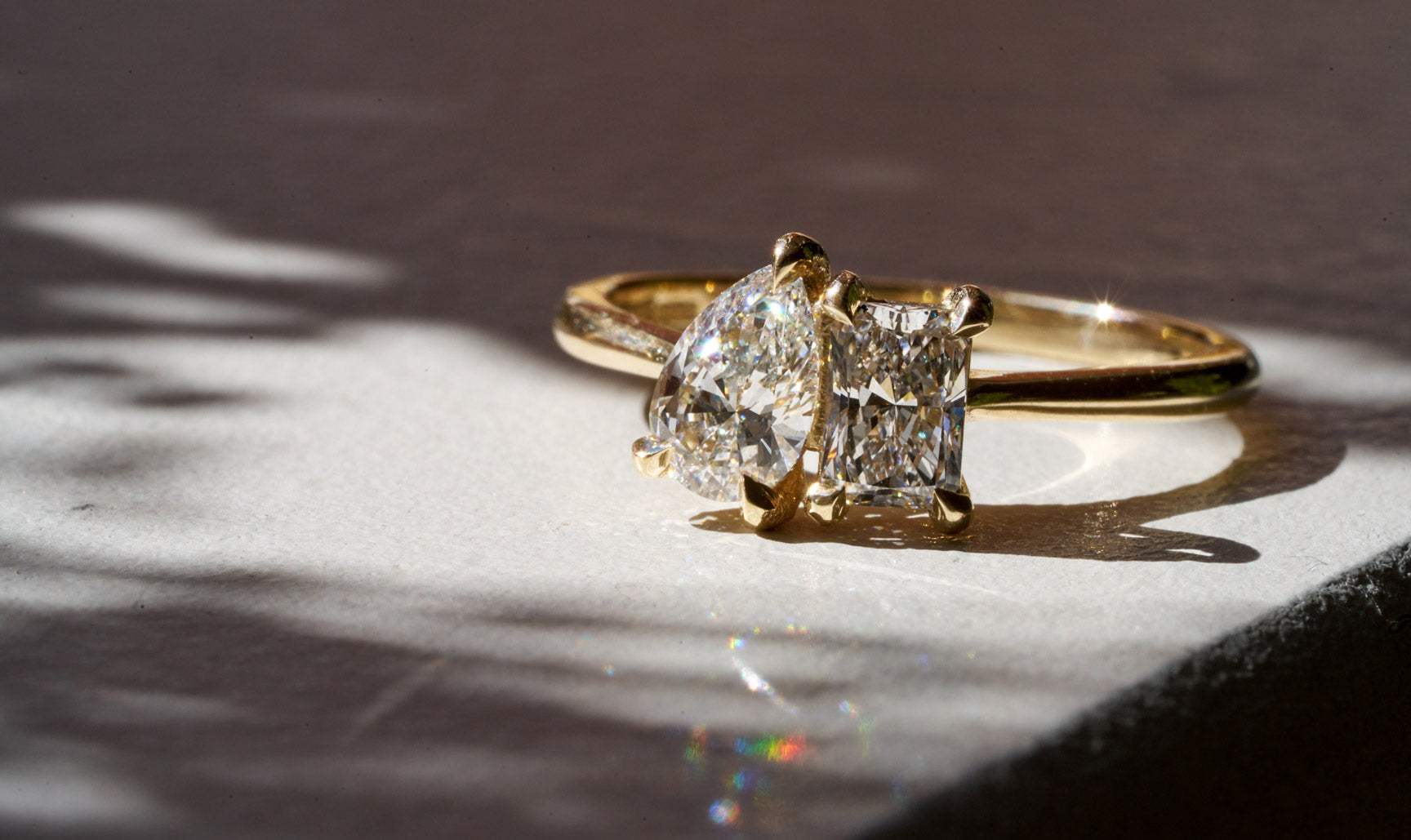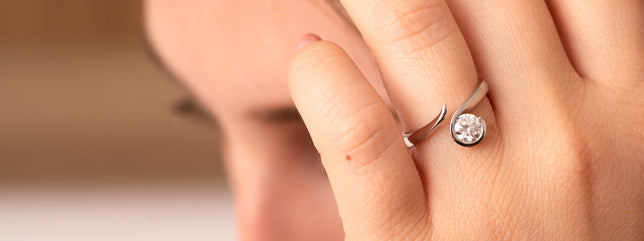Introduction: What Are Lab-Grown Diamonds?
The Difference Between Lab-Grown and Natural Diamonds
Lab-grown diamonds are not just a new trend in the jewellery world; they’re a revolutionary shift in how we think about diamonds. Unlike traditional diamonds that form over millions of years under extreme heat and pressure beneath the Earth’s surface, lab grown diamond jewellery are created in controlled laboratory settings using two methods: High Pressure High Temperature (HPHT) and Chemical Vapor Deposition (CVD). These processes replicate the natural diamond formation but in a matter of weeks or months, producing diamonds that are chemically, physically, and optically identical to their mined counterparts.
How Lab-Grown Diamonds Are Made
- HPHT: The HPHT method simulates the natural process of diamond formation by using high pressure and temperature to turn carbon into a diamond. This method was originally developed to create synthetic diamonds for industrial purposes, but it’s now used for creating gem-quality diamonds as well.
- CVD: The CVD method involves using a carbon-rich gas, which is then heated to create a plasma. This plasma breaks down the gas molecules, allowing carbon atoms to deposit onto a substrate and form a diamond. Over time, this process results in a crystalline structure.
Both methods produce diamonds that are identical to natural diamonds in appearance, hardness, and chemical composition.
Why Choose Lab-Grown Diamond Jewellery?
Ethical Considerations: No Conflict, No Mining
One of the most compelling reasons people opt for lab-grown diamond jewellery is the ethical concerns surrounding traditional diamond mining. The diamond industry has been plagued with issues like child labor, unsafe working conditions, and the infamous blood diamonds that fund conflicts in certain regions. By choosing lab-grown diamonds, consumers can feel confident that their jewellery was produced without any harmful social impact.
Sustainability: Reducing the Environmental Impact
Traditional diamond mining has a massive environmental footprint. It involves digging massive pits and using harmful chemicals, which can result in deforestation, soil erosion, and water pollution. In contrast, the production of lab-grown diamonds requires significantly less energy and has a much smaller environmental impact, making them a more sustainable option for environmentally-conscious consumers.
Cost-Effectiveness: The Affordable Luxury
Lab-grown diamonds are often more affordable than natural diamonds. Since they don’t require the extensive mining process, there’s a significant cost reduction. This means you can get a larger, more high-quality diamond for your money. It’s the perfect option if you’re looking to get more bang for your buck while still enjoying the luxury and brilliance of a diamond.
Types of Lab-Grown Diamond Jewellery
Lab-grown diamonds are versatile and can be used in a wide range of jewellery pieces. Here are some popular types of lab-grown diamond jewellery:
Engagement Rings: A Brilliant Choice
Engagement rings are by far the most popular item when it comes to lab-grown diamonds. The beauty, brilliance, and ethical considerations make them an excellent choice for couples who want to make a commitment to both each other and the planet.
Necklaces and Pendants: Subtle Elegance
Lab-grown diamonds can also be used in necklaces and pendants. A simple diamond solitaire pendant or a halo-style necklace can be just as stunning as a more traditional piece, with the added benefit of being ethically sourced.
Earrings: Sparkling Sophistication
From classic diamond studs to drop earrings, lab-grown diamonds make an exquisite addition to any earring design. The beauty of lab-grown diamond earrings is that they can offer the same sparkle and brilliance as natural diamonds at a fraction of the price.
Bracelets and Rings: Adding a Touch of Glamour
Lab-grown diamonds aren’t limited to engagement rings. Diamond bracelets and statement rings can add a touch of glamour to any outfit. Whether you’re looking for something bold and unique or subtle and classic, the options are endless.
How Lab-Grown Diamonds Compare to Natural Diamonds
Lab-grown diamonds are virtually identical to natural diamonds in terms of their chemical composition and physical properties. However, there are still a few differences worth noting:
The 4Cs: Cut, Colour, Clarity, and Carat
Like natural diamonds, lab-grown diamonds are graded based on the 4Cs: Cut, Colour, Clarity, and Carat weight. The only difference is that lab-grown diamonds typically score better in clarity because they don’t undergo the same natural processes that can introduce inclusions (imperfections).
Durability and Hardness: Do Lab-Grown Diamonds Last?
Lab-grown diamonds are just as hard and durable as natural diamonds. Both types of diamonds rank 10 on the Mohs scale of hardness, which makes them highly resistant to scratches. As a result, lab-grown diamonds make excellent choices for everyday wear, including engagement rings.
Appearance: Do Lab-Grown Diamonds Look the Same as Natural Ones?
To the naked eye, lab-grown diamonds look identical to natural diamonds. They sparkle with the same brilliance and clarity and come in the same shapes and sizes. Only a certified gemologist with the proper tools would be able to tell the difference.
Lab-Grown Diamond Certification: What to Look For
When buying lab-grown diamond jewellery, it’s important to ensure the quality and authenticity of the diamond. Certification from a reputable gemological institute guarantees that the diamond has been accurately graded.
The Importance of Certification in Lab-Grown Diamonds
Certified lab-grown diamonds have been evaluated for their quality, origin, and authenticity, ensuring they meet industry standards. Certification also helps buyers make informed decisions when purchasing their jewellery.
Key Certifying Bodies for Lab-Grown Diamonds
Some of the most well-known certifying bodies for diamonds, including man made diamonds, are:
GIA (Gemological Institute of America)
The GIA is one of the most respected names in the diamond industry. They offer grading reports for lab-grown diamonds, detailing the 4Cs and confirming the diamond’s authenticity.
IGI (International Gemological Institute)
IGI is another widely recognized certification body. They provide detailed reports on the cut, clarity, and carat weight of lab-grown diamonds.
Conclusion: Is Lab-Grown Diamond Jewellery the Right Choice for You?
Lab-grown diamond jewellery represents a new era of ethical, sustainable, and luxurious options for consumers. Whether you’re purchasing an engagement ring, necklace, or pair of earrings, lab-grown diamonds offer the same beauty and brilliance as their natural counterparts, with the added benefits of being more affordable and environmentally friendly.



